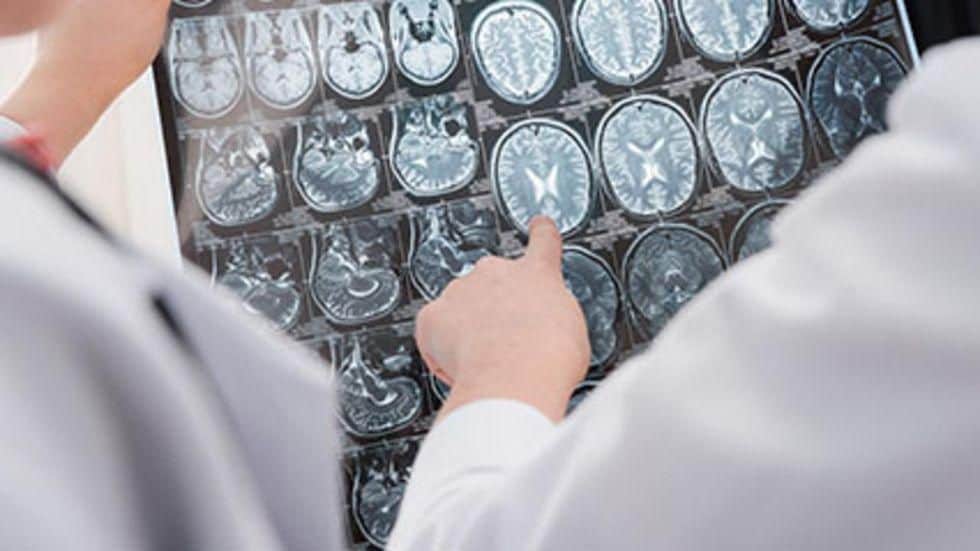THURSDAY, July 29, 2021 (HealthDay News) — Particular pathological computed tomography (CT) features may carry different prognostic implications up to one year after mild traumatic brain injury (mTBI), according to a study published online July 19 in JAMA Neurology.
Esther L. Yuh, M.D., Ph.D., from the University of California in San Francisco, and colleagues assessed pathological CT features associated with adverse outcomes after mTBI. Features were identified using data from the Transforming Research and Clinical Knowledge in Traumatic Brain Injury (TRACK-TBI) study (1,935 patients) and were validated using data from the Collaborative European NeuroTrauma Effectiveness Research in Traumatic Brain Injury (CENTER-TBI) study (2,594 patients).
The researchers identified three major clusters of CT features: contusion, subarachnoid hemorrhage, and/or subdural hematoma; intraventricular and/or petechial hemorrhage; and epidural hematoma. There was an association observed between contusion, subarachnoid hemorrhage, and/or subdural hematoma features and incomplete recovery (odds ratios [ORs] for Glasgow Outcome Scale-Extended [GOSE] scores <8 at one year: TRACK-TBI, 1.80; CENTER-TBI, 2.73), with greater degrees of unfavorable outcomes for GOSE scores <5 (ORs at one year: TRACK-TBI, 3.23; CENTER-TBI, 1.68). Unfavorable outcomes were similarly seen with intraventricular and/or petechial hemorrhage up to 12 months postinjury.
“These results support that patients with mTBI and these CT features need TBI-specific education and systematic follow-up,” the authors write.
Several authors disclosed financial ties to pharmaceutical and medical companies.
Copyright © 2021 HealthDay. All rights reserved.


